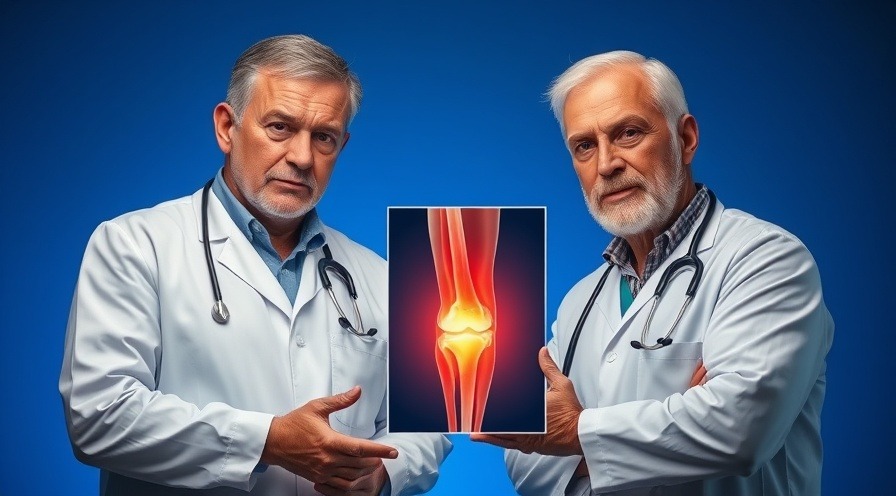
Can Probiotics Really Lift Your Spirits?
Many of us grapple with low moods from time to time, and typically, we turn to various remedies, ranging from lifestyle changes to professional counseling. But what if a simple probiotic supplement could be the key to making those blues fade away? A recent study sheds light on this intriguing possibility, revealing that not only do probiotics help with digestion, but they may also boost emotional health.
The Gut-Brain Connection: A Scientific Marvel
The research, published in npj Mental Health Research, highlights the importance of the gut-brain axis—an avenue through which our digestive health can significantly affect our mental state. This connection reveals how our gut's microbiome influences brain function, emotions, and overall mental well-being. The thought that our emotions are intertwined with gut health is both fascinating and empowering, hinting at a holistic approach to managing mental health.
Inside the Study: Probiotics at Work
In the study, participants comprised healthy young adults who were unaware of whether they were receiving probiotics or a placebo. After four weeks, those taking the probiotic mixture, which contained nine different bacterial strains known to support emotional well-being, reported a notable decrease in negative moods. Unlike previous studies that focused on individuals with existing mood disorders, this research demonstrated that even those without apparent psychological issues might experience emotional benefits from probiotics.
Key Takeaways: Why You Should Consider Probiotics
First, the findings imply that improving gut health can lead to better emotional health, suggesting a proactive rather than reactive approach to mood management. Secondly, daily mood monitoring revealed that improvements were observed as early as two weeks. This speed in emotional enhancement is noteworthy, especially for anyone looking for immediate ways to uplift their spirits.
Practical Applications: Incorporating Probiotics into Your Routine
Incorporating probiotics into your daily routine has never been easier, with a myriad of options available—from capsules and powders to yogurt and fermented foods like kimchi and kombucha. Choosing high-quality sources and ensuring they include multiple strains of bacteria could provide a more comprehensive health benefit.
But Beware: A Word of Caution
While the findings are significant, they come with an important caveat: probiotics should not replace professional therapy or medication for those dealing with serious psychological issues. It is crucial to work with healthcare professionals to find the best approach for your mental health needs.
In conclusion, the prospect of alleviating low moods with probiotics presents a wonderfully simple solution to enhance emotional well-being. Whether you're feeling down without a known reason or just want to cultivate a happier mindset, these supplemental allies could be a step in the right direction.
Interested in taking control of your mental well-being? Start by integrating probiotics into your lifestyle today!
 Add Row
Add Row  Add
Add 




Write A Comment